
Through out history, people have used numerous devices to better their hearing, once hearing loss took its toll on their health. In the past, people used ear trumpets or horns in order to collect the sounds from the outer world and direct it to the ear, amplifying their hearing capabilities. Today, however, we have numerous devices which can be analog or digital, allowing people with hearing problems sound amplification. These devices are small and usually fitted behind the ear. Alternatively, some people opt for bone anchored hearing aids or cochlear implants.
Evolution of Hearing Aids
First hearing aids of the modern times were invented by Harvey Fletcher who was working at the Bell Laboratories. These consisted of a cord, an ear mold and a case containing the amplification parts. The case was necessary to be worn in a pocket being as big as a deck of cards. The ear mold was connected to it by a cable. Yet, today, we have far more advanced devices of this type, such as the behind-the-ear or BTE hearing aids.
Facts about BTE Hearing Aids
A classic BTE hearing aids consists of three parts. Firstly, there is a small plastic case connected with an ear mold via a tube. Depending on the device itself, the sound collected can be routed acoustically or electrically. For latter ones, the speaker is located in the ear mold while for the former solutions, it is installed inside the case. Every ear mold is designed specifically for the wearer's ear, being comfortable and not prone to feedback or other such dysfunctions.
As for the ear mold materials, these can vary from soft to hard ones. The color may be customized too, along with other aesthetic characteristics of these devices.
Benefits of BTE Hearing Aids
As it was mentioned above, BTE hearing aids are installed behind the wearer's ear. This keeps the ear mold safe from ear wax and moisture, both of which are damaging factors. Thus, BTE hearing aids last longer than other types of these devices. Moreover, the fact that the case and the ear mold are separated makes it easy to replace the ear mold in case of malfunctions. Also, BTE hearing aids can be connected to various other devices such as FM systems.
Negative sides of these hearing aids mainly rest in the fact that the ear mold needs to be changed whenever the size or the shape of your ear changes. This can be demanding when children are concerned since you may have to replace the ear mold on a biweekly basis.
The BTE hearing aids evolution continues with new models having extremely thin tubes and larger vents, allowing air to reach the ear canal without being amplified.





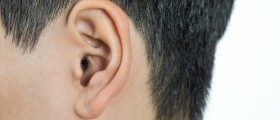
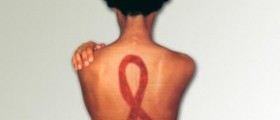
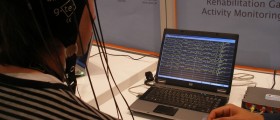
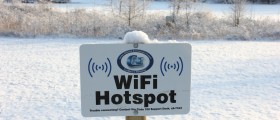
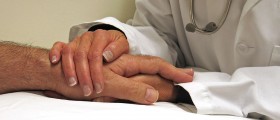
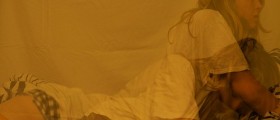


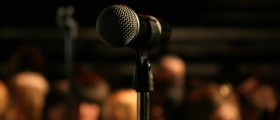
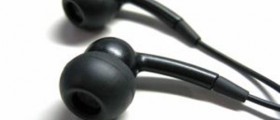


Your thoughts on this
Loading...